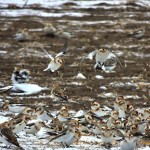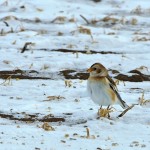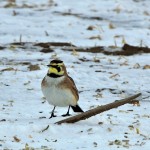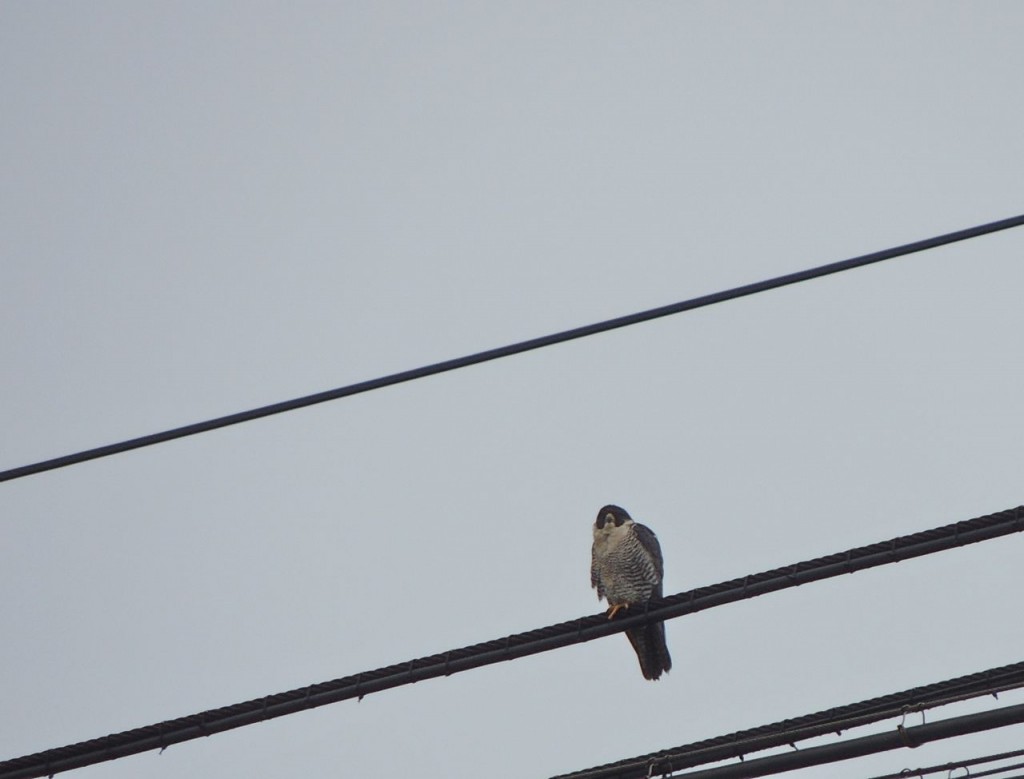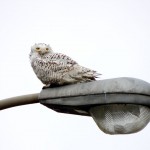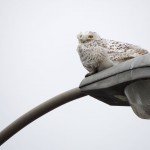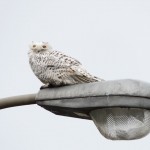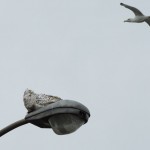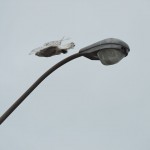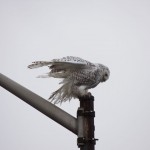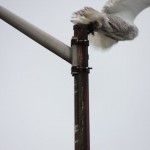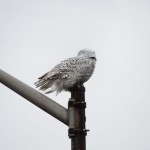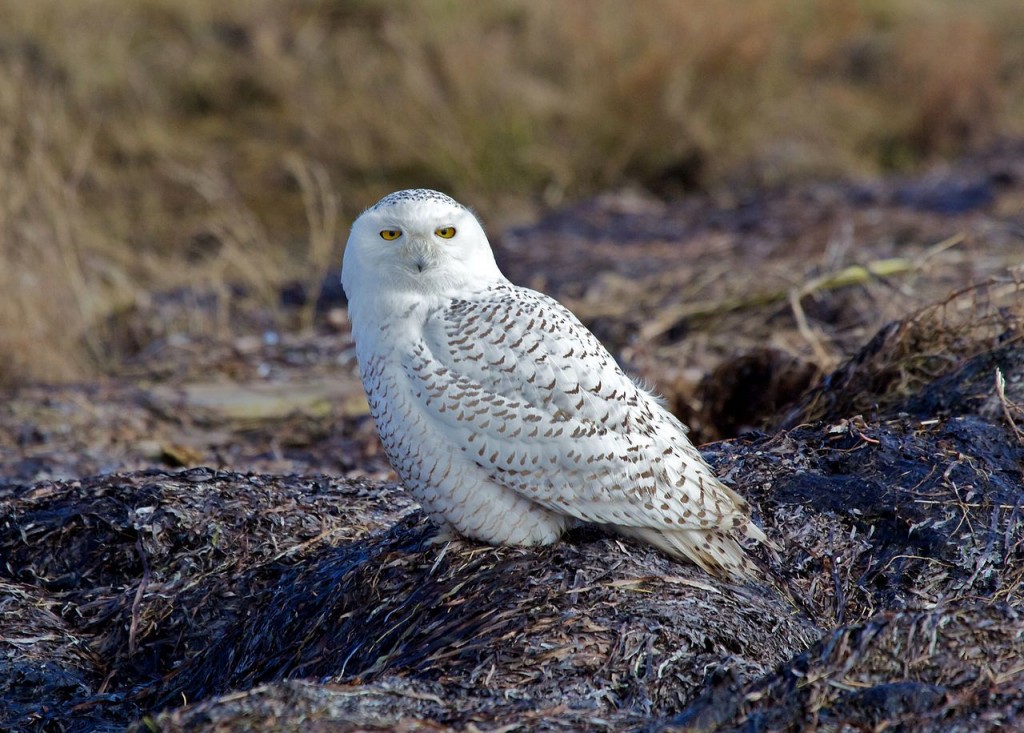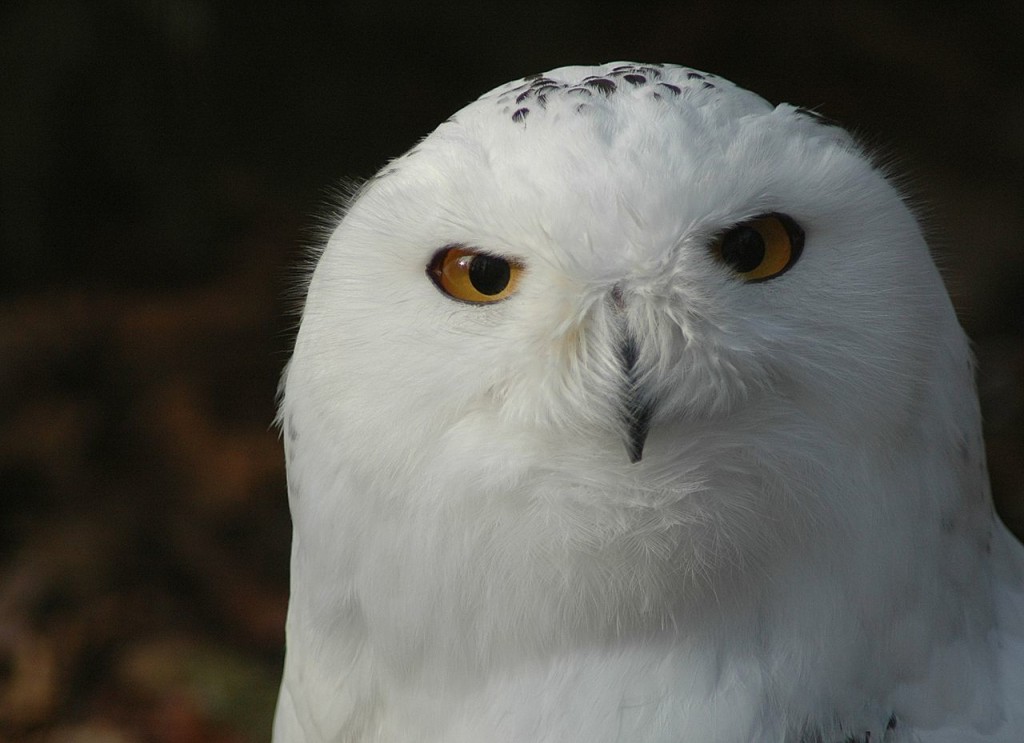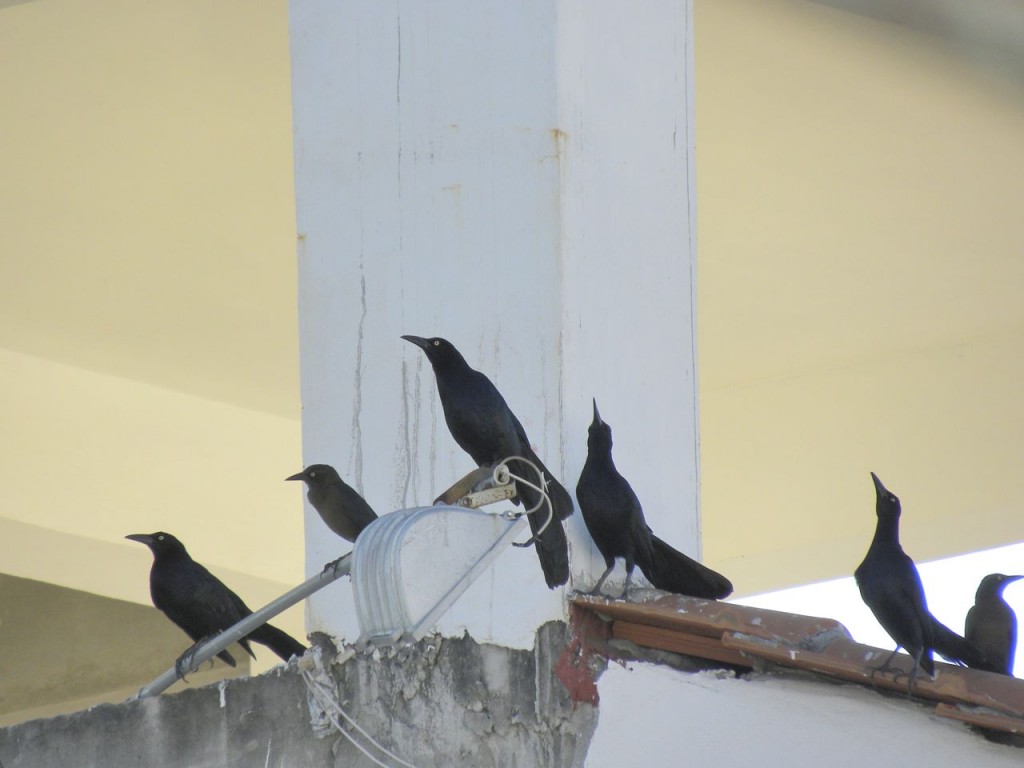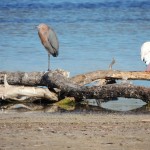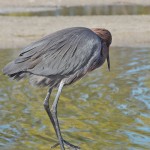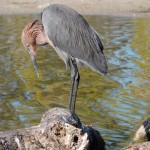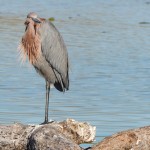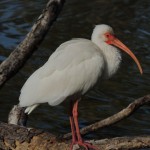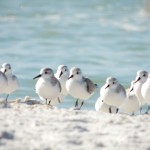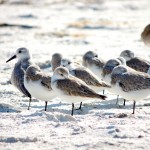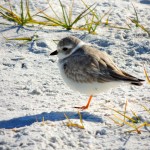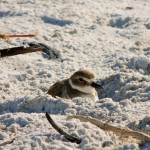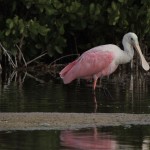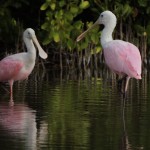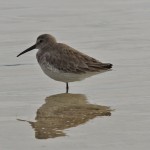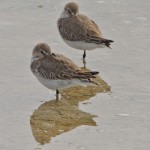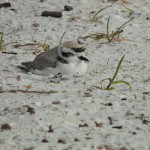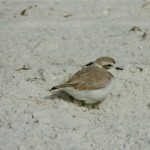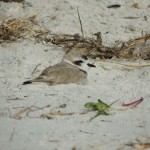11 January 2015. Fallsview, Dundas ON. I took part in a Snow Bunting survey today; we didn’t see any but did manage to spot a small flock of Horned Larks that flew to the top of a nearby ridge in a field of corn stalks. They were excruciatingly difficult to make out strutting and scurrying between dried leaves and stalks at about the limit of our binocular-aided vision. We felt pretty pleased with ourselves for having spotted them at all especially in the knuckle-pinching wind, I was pleased enough to consider them my Bird of the Day.
Other than the time spent squinting at the Horned Larks, we spent an enjoyable hour crawling slowly along snow-dusted country roads, scanning fields for Snow Buntings and generally irritating other car-drivers who had more sense of urgency.
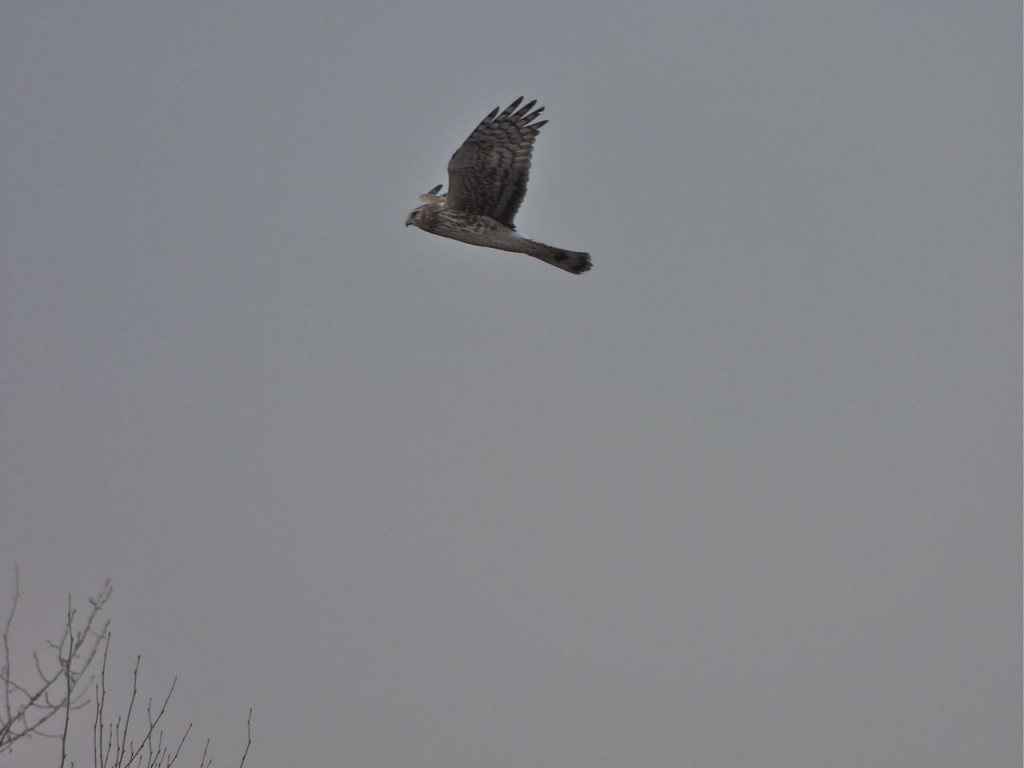
There were plenty of hungry raptors around. Not far off the road, we spotted a hunting Northern Harrier, flying low, barely a metre above ground level and subsisting I’m sure on the occasional rat, mouse or vole. I twice spotted a Rough-legged Hawk, really too far away to enjoy, at first it was sitting at the top of a bare oak and later, patrolling low and fast over some low-lying fields.
The Snow Buntings survey is interesting. A young friend in pursuit of a master’s degree is studying the correlation, if any, between the amount of snow cover and the apparent abundance of buntings. For this she needs an army of volunteer observers to conduct regular surveys during January and February. ( If you’d like to help, or at least learn more, follow this link.) The ideal three-kilometre long survey route crosses open, windswept landscapes; the last place you might want to be on an icy January day, but just the sort of habitat that Snow Buntings find desirable at this time of year.
Taking part in studies like this is exactly the sort of birding I enjoy most, so it is with some regret (just a little) that I will be away for much of the study period. I’m not going to be much use, but today I helped another birder establish a suitable route and conduct her first survey. Our route cut across open farmland punctuated by old barns and new country dream homes. The flanking fields are either tidily plowed or still hold the remnants of summer’s alfalfa, corn (maize) or soybeans.
It’s very hard to just spot Snow Buntings wandering around in these winter fields; they are small and exactly the colour of tired, snow-streaked fields. The best opportunities, the ones that make you stop the car and get out, are when flocks of hundreds take flight and roll across the landscape like a snow squall. These flocks sometimes include a handful of Lapland Longspurs and Horned Larks and together they’ll eventually settle again to forage for summer’s dropped seeds, and become invisible once again.
